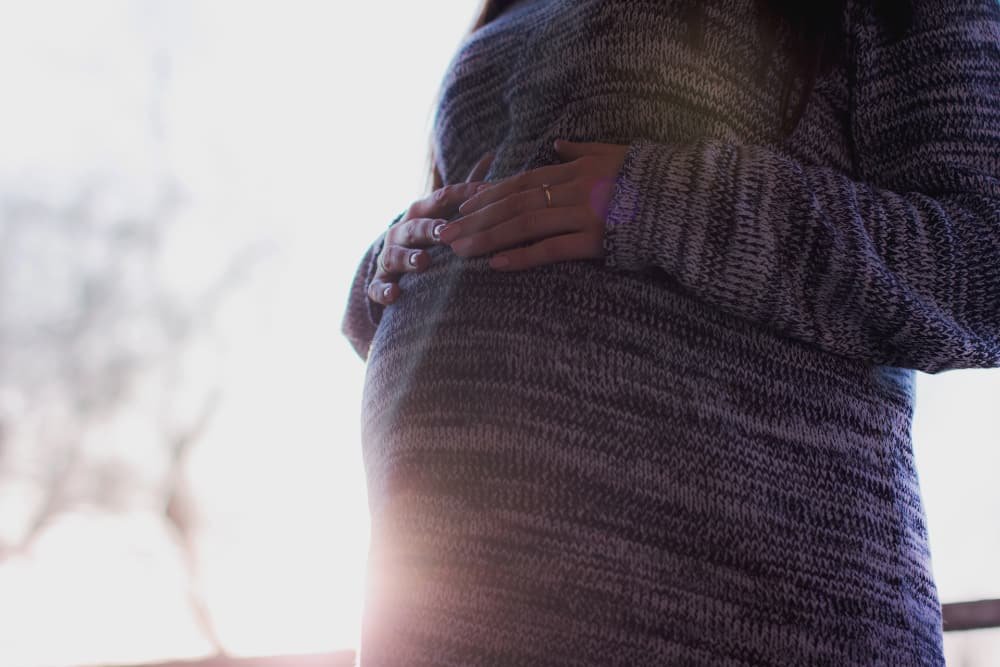Labour Pain - Understanding Interval, Intensity and Duration

By Dr. Nutan Pakhare
Childbirth is a life-changing experience for women and their families. It is a time of excitement, anticipation, and anxiety. For many women, the thought of labour pain is a source of fear and uncertainty. As healthcare professionals, it is our duty to provide expectant mothers with the information and support they need to prepare for the childbirth experience. In this blog, we will discuss the interval, intensity, and duration of labour pain and how education on these aspects can help women feel more prepared for childbirth.

Interval of Labour Pain
The interval refers to the time between contractions. During the early stages of labour, contractions typically occur every 10 to 20 minutes and last for about 30 to 45 seconds. As labour progresses, the interval between contractions shortens, and they become more frequent, with a duration of around 60 to 90 seconds. Understanding the interval of labour pain is crucial as it can help women identify when they are in labour and when to seek medical assistance.
In addition to understanding the interval, it is essential to educate women about the signs and symptoms of labour. These may include the loss of the mucus plug, a decrease in fetal movement, and the onset of contractions. By providing women with this information, they can be better equipped to recognize the signs of labour and seek medical assistance if necessary.
Intensity
The intensity of labour pain varies from woman to woman and can be described as mild, moderate, or severe. Women experience pain differently, and what may be mild for one woman may be intense for another. As labour progresses, the intensity of contractions increases, and women may experience pain in their lower back, abdomen, and pelvis.
It is crucial to educate women about different pain management options that are available to them during labour. These may include breathing techniques, relaxation exercises, massage, hydrotherapy, and pharmacological interventions such as epidural anesthesia. Providing women with information about pain management options can help them feel more in control of their labour experience and reduce their fear and anxiety.
Duration
The duration varies from woman to woman and can be influenced by a range of factors, including the woman’s age, physical condition, and the position of the baby. The first stage of labour can last for several hours or even days, while the second stage, which involves pushing the baby out, usually lasts for around 30 minutes to an hour.
Educating women about the duration of labour pain is essential as it can help them mentally prepare for the childbirth experience. Women who are aware of the potential duration of labour pain may be less likely to feel anxious or overwhelmed during labour. It is also important to provide women with information about the different stages of labour, including the transition phase, which can be the most intense and challenging part of labour.
In addition to providing information about interval, intensity, and duration, it is crucial to offer emotional support to women during the childbirth experience. Labour can be a daunting and overwhelming experience, and women need to feel supported and encouraged throughout the process. Healthcare professionals can provide this support by offering words of encouragement, reassurance, and empathy.
At the end of the day, education on interval, intensity, and duration of labour pain is just one aspect of preparing women for childbirth. It is essential to take a holistic approach to childbirth education, which includes providing information about the physiological changes that occur during pregnancy, the stages of labour, pain management options, and emotional support. By taking a comprehensive approach to childbirth education, we can help women feel more confident and empowered during the childbirth experience.
If you are an expectant mother looking to learn more about childbirth and labour pain, we invite you to join our childbirth education classes.
